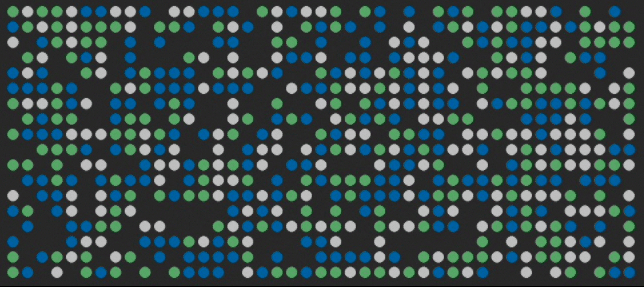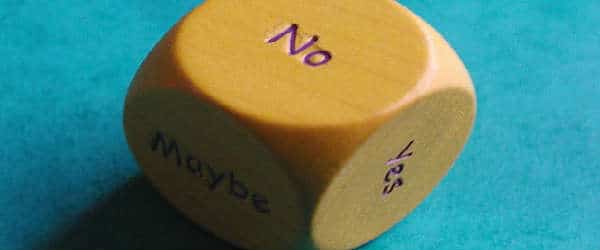You don’t need to be told about how next generation sequencing technologies have revolutionized the way we study the genome and the epigenome. Whether you want to look at transcription (RNA-seq), translation (Ribo-seq) genomes (DNA-seq), interactions of proteins and DNA (ChIP-Seq) or to study epigenetic features such as methylation (whole genome bilsulfite sequencing) there are a range of techniques available to you.
Why Study Single Cells?
All these techniques require vast numbers of cells (normally in the millions). This has several downsides: what if you are looking for rare mutations or interested in changes in expression that occur in just a small population? We are now learning that populations of cells (even those that seem to be homogenous phenotypically) display great heterogeneity. Therefore, data from millions of cells may miss these rare events. There are also instances where the previous methods just won’t work, as you don’t have enough starting material, for example analysis of circulating tumor cells.
Not to worry; there are now techniques to study genomics at the level of a single cell. In this series we are going to look at the different methods available for analysing single cells and highlight some important considerations for those of you interested in single-cell genomics.
Current Techniques
Single-cell approaches to studying the genome and epigenome have been, and still are, being developed. There are now methods for you to interrogate single cells for genome sequencing, transcriptome analysis and even methylation analysis! Here I discuss the different genome-wide single cell sequencing methods available.
Enjoying this article? Get hard-won lab wisdom like this delivered to your inbox 3x a week.

Join over 65,000 fellow researchers saving time, reducing stress, and seeing their experiments succeed. Unsubscribe anytime.
Next issue goes out tomorrow; don’t miss it.
Single-Cell DNA sequencing
Pretty much what is says on the tin – sequence the whole genome of your individual cell. One of the big obstacles to single-cell sequencing is ensuring unbiased amplification prior to sequencing. Since you are starting with a very small sample, even a small bias during the amplification process will have a big impact on your results. Therefore, new methods for amplification have been employed: Multiple Displacement Amplification (MDA) and Multiple Annealing and Looping Based Amplification Cycles (MALBAC). We’ll touch upon these in later articles.
Single-Cell RNA Sequencing
This method is much newer than its DNA counterpart. One obstacle for single-cell RNA-seq is converting the RNA of the individual cell into a DNA library suitable for sequencing. There are multiple methods now available for this including SMART-seq (Switching mechanism at 5’ end of the RNA
transcript), CEL-seq (Cell expression by linear amplification and sequencing) and MARS-seq (Massively parallel RNA single-cell sequencing) as well as rolling circle amplification. We’ll be following these up in later articles.
Single-Cell Bisulfite Sequencing
Methods for studying DNA methylation in single cells are so new they still have that ‘new car’ smell. Single-cell bisulfite sequencing (scBS-seq) made its debut in July 2014 while another method was published in March 2015.
ChIP-Seq of Single Cells
This method is a little bit more tricky, because an immunoprecipitation step is required prior to any amplification. This means that so far no single-cell method for ChIP-seq has yet been developed. However, don’t fret, as we are getting closer. There are now techniques that reduce the amount of starting material from millions of cells down to thousands. These methods include ULI-NChIP (ultra-low-input micrococcal nuclease-based native ChIP), Nano-ChIP-seq and LinDA. While we aren’t quite single cell yet for ChIP-seq, you can now perform it on smaller samples.
Combined DNA- and RNA-seq from a Single Cell
Not only can we now sequence the DNA from a single cell or study the transcriptome of just one cell, we can now do both in the same cell! This means you can make links between the genome and gene expression with great precision, since the information came from just one cell. No we just need to be able to perform ChIP-seq and WGBS as well on the cell and we are on our way!
Stay tuned for out next article on single Cell genomics where we discuss precautions you need to take when working with small samples.
You made it to the end—nice work! If you’re the kind of scientist who likes figuring things out without wasting half a day on trial and error, you’ll love our newsletter. Get 3 quick reads a week, packed with hard-won lab wisdom. Join FREE here.






